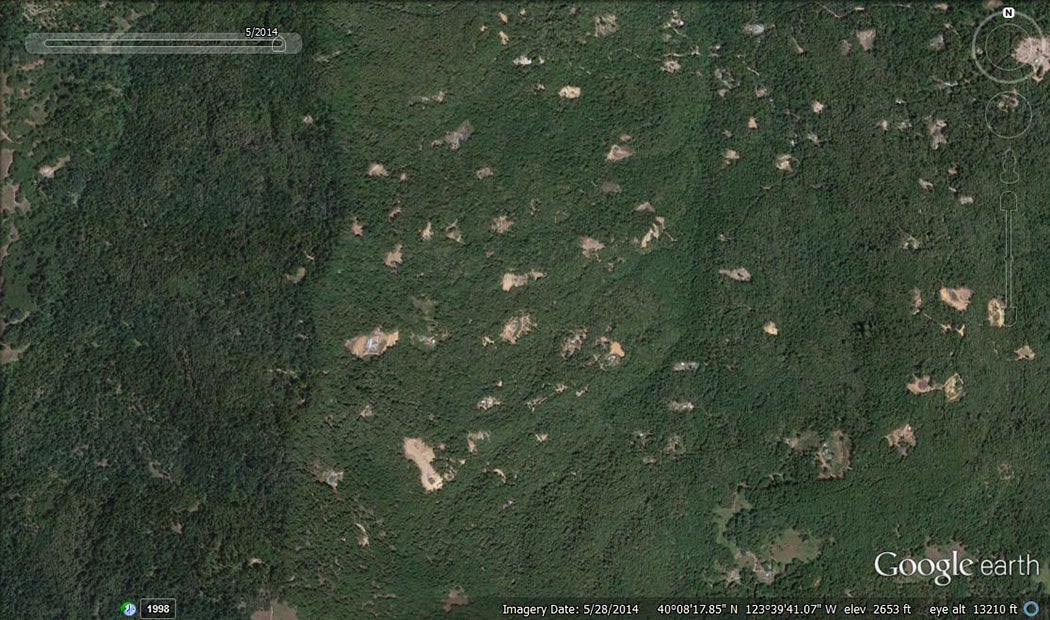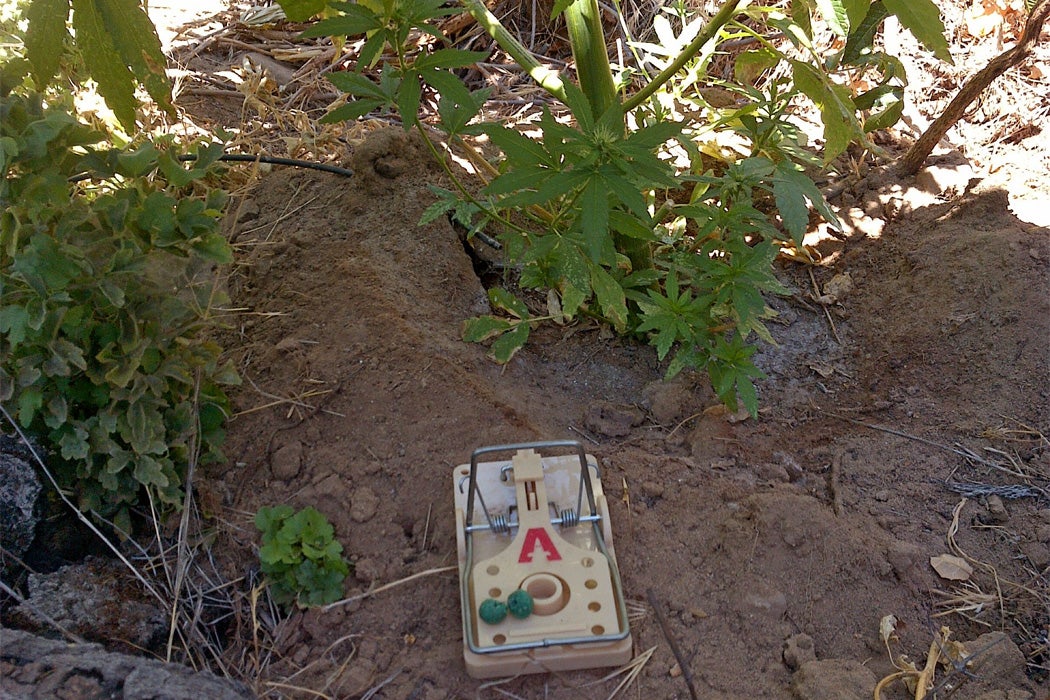The icon signifies loose get entry to to the connected analysis on JSTOR.
Because of the legalization of leisure hashish in 10 states and the District of Columbia, sparking up a joint in those spaces is as simple as ordering a tumbler of wine.
Spending on felony hashish, which incorporates 33 states and the District of Columbia that let scientific hashish use for stipulations comparable to glaucoma, power ache, and the unwanted effects of most cancers remedies, crowned $12 billion international in 2018, in line with business analysts, and is anticipated to extend to $31.3 billion by way of 2022.
With all that attainable benefit at the line, it’s no marvel there’s rising pastime in legalizing hashish cultivation. California has issued round 10,000 cultivation allows. Between 2012 and 2016, the collection of hashish farms within the Golden State larger 58 % and the collection of vegetation larger 183 %.
Whilst a lot of the analysis has thinking about public well being and criminalization, the environmental implications of commercial-scale cultivation were in large part neglected. May just the will increase in hashish cultivation ship the surroundings up in smoke?
New analysis has connected manufacturing of the once-verboten plant to a bunch of problems starting from water robbery and degradation of public lands to flora and fauna deaths and attainable ozone results.“We have now a tradition and historical past of hashish cultivation in far off spaces that can be delicate to environmental disruptions,” explains Van Butsic, co-director of the Hashish Analysis Middle on the College of California Berkeley.
Worries over Water
In California, the water-hungry crop is steadily grown in far off, forested watersheds and calls for nearly 22 liters of water according to plant an afternoon all through the rising season, which provides as much as 3 billion liters according to sq. kilometer of greenhouse-grown vegetation between June and October, in accordance to a few analysis. All the way through the low float length, irrigation calls for for cultivation can exceed the quantity of water flowing in a river, leaving little water to maintain aquatic lifestyles.
One of the vital greatest environmental offenders are cultivators running unpermitted farms on public lands. Those “trespass grows” are steadily in nationwide forests or on tribal lands the place water is diverted from streams to irrigate acres of vegetation. In 2018, there have been an estimated 14,000 trespass grows on federal and personal lands in Humboldt County, California, by myself.

On the Shasta-Trinity Nationwide Woodland in California, a workforce from the Integral Ecology Analysis Middle, or IREC, a nonprofit group devoted to flora and fauna conservation, got rid of greater than 5 miles of irrigation traces that diverted greater than 500,000 gallons of water according to day to irrigate hashish vegetation.
IREC co-director Mourad Gabriel notes that trespass grows are steadily positioned close to headwaters and feature disastrous downstream results. For instance, streams in Mendocino, California, steadily run dry all through the summer season when growers are diverting water, decimating populations of Coho salmon and steelhead trout. “Those are drug trafficking organizations having a look to learn off of our herbal sources,” says Gabriel.
Struggle on Flora and fauna
Unpermitted growers in need of to keep away from detection steadily make a choice public and tribal lands as top puts to cover their operations. Those places also are pristine flora and fauna habitats.
The cultivation websites additionally intervene with the recovery of distressed habitats. Native environmental teams complained that the grows crushed their conservation efforts and, in some instances, disrupted ongoing restorations or made the paintings extra unhealthy, in line with a 2018 learn about revealed in Humboldt Magazine of Social Family members. The grows tired and polluted streams, degraded watersheds and killed flora and fauna.
Trespass grows, which use mass amounts of poisonous rodenticides to stay rodents from chewing on irrigation traces, were connected to the deaths of fish, birds, and mammals. One learn about discovered that 79 % of useless fishers—small carnivorous mammals, amassed in California between 2006 and 2011—have been uncovered to insecticides at trespass develop websites. The velocity continues to extend, in line with Gabriel. Mule deer, grey foxes, coyotes, northern noticed owls and ravens have additionally been sufferers of poisoning, connected to hashish cultivation.

“The volume of fertilizers and insecticides we discover on one half-acre [of illegal] cultivation plot may well be [used on] 1,000 acres of corn—and flora and fauna are paying the associated fee,” Gabriel says.
Air pollution Issues
It’s no longer simply trespass grows inflicting environmental problems. Since Colorado retail outlets began legally promoting leisure hashish in 2014, emissions from the 600-plus approved cultivation amenities in Denver have sparked considerations over air air pollution.
William Vizuete, affiliate professor on the College of North Carolina’s Gillings College of Public Well being, is operating on an air high quality fashion to raised know how advertisement hashish cultivation may have an effect on the ambience. His analysis confirmed that hashish vegetation produce unstable natural compounds or VOCs that may produce destructive pollution.
“If vegetation produce VOCs, there’s a top chance that underneath positive stipulations, hashish cultivation may affect the ozone,” Vizuete explains.
Hashish emits potent VOCs known as terpenes that, when combined with nitrogen oxide and daylight, shape ozone-degrading aerosols. In a top wilderness zone like Denver, the place in most cases there are few resources of VOCs, any new supply of such pollution will most likely result in ground-level ozone manufacturing, Vizuete notes. He worries that the numerous numbers of hashish vegetation being grown will transform the common supply of VOCs, exacerbating the problem by way of combining with the artifical nitrogen oxide spewed from the numerous automobiles in that city surroundings. Vizuete worries that the numerous numbers of hashish vegetation being grown in an city house may exacerbate the problem. (Top concentrations of VOCs were connected to a spread of human well being problems, from nausea and fatigue to liver harm and most cancers).
To check the prospective results, Vizuete grew 4 lines of hashish (from a number of the 600-plus lines to be had in Colorado): Crucial Mass, Lemon Wheel, Elephant Crimson, and Rockstar Kush—for 90 days and measured the terpenes at every level of expansion. The effects confirmed that during Denver, assuming a focus of 10,000 vegetation according to cultivation facility, hashish may greater than double the prevailing charge of annual VOC emissions to 520 metric lots and bring 2,100 metric lots of ozone.
Vizuete believes his estimates may well be conservative, explaining, “We picked 4 [cannabis] lines according to their reputation, and their VOC emissions is probably not consultant the entire lines. Moreover, in advertisement amenities, the place stipulations are optimized for expansion, emissions could also be even upper.”
Legalization May just Shut Environmental Loopholes
Regulating the manufacturing of hashish can deal with most of the environmental problems related to its cultivation, argues Jennifer Carah, senior scientist within the water program at The Nature Conservancy of California.
In California, the place as much as 70 % of felony hashish is grown, the California Division of Meals and Agriculture regulates the licensure procedure however many counties and municipalities even have the authority to grant cultivation licenses and, Carah says, the rules are extremely variable. Plus, the black marketplace for hashish nonetheless exists. It’s costlier to buy felony hashish than to shop for it at the black marketplace, plus no longer all growers are keen to head in the course of the due procedure to transform felony.
“The black marketplace isn’t going away,” Carah admits, “however to the level that we will trap growers into the felony marketplace, their agricultural practices can also be regulated like different agricultural vegetation, which can cross an extended option to addressing attainable environmental affects.”
Lately, legalization has put a dent within the collection of trespass grows. Illicit cultivation in Oregon forests reduced following legalization.
Some states have established environmental rules for hashish growers. California Water Forums require accredited growers to sign in water rights and observe strict pointers that come with prohibitions on diverting floor water from April to October and irrigating with saved water all through the dry season—rules no longer imposed on different California-grown vegetation. In Washington State, the Puget Sound Blank Air Company calls for growers to publish details about their plans for tracking and controlling air air pollution.
Butsic of UC Berkeley argues that federal legalization would additionally supply new investment alternatives via organizations such because the Nationwide Science Basis and Environmental Coverage Company to permit researchers to evaluate environmental dangers and expand answers.
From a air pollution point of view, federal legalization may set emissions requirements.
“There are many applied sciences that seize VOCs sooner than they input the ambience which might be required in different industries like fuel stations,” Butsic explains. “Sooner than [emissions] requirements can also be set for hashish, we’d like popularity of the problem and long-term knowledge to expand regulatory statutes—and we’re far from that as a result of federal prohibition has hindered analysis and we don’t have the science but.”
















